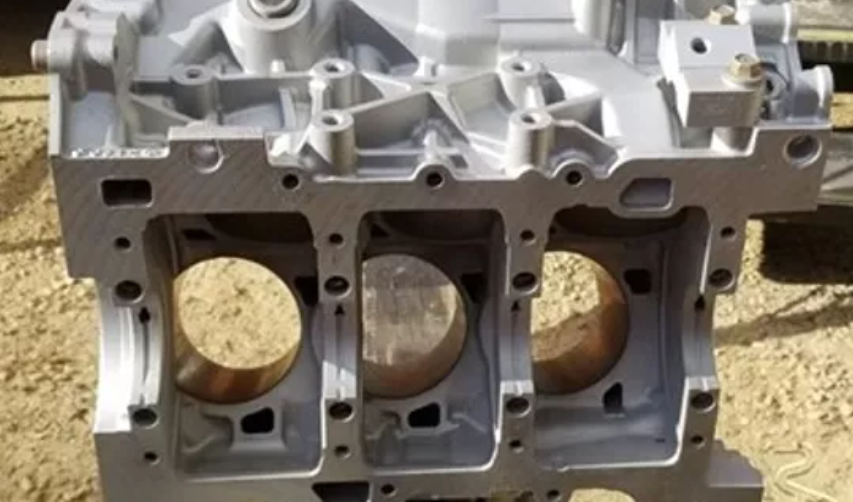Vapor blasting - Renewing metal to a superior finish
Vapor blasting preps the surfaces of metals by removing corrosion and contaminants. The technique was developed as a gentler method for finer finishes. The water acts as a dampener, cushioning the impact of the abrasive material. This disperses the media finer and more evenly.
Wet blasting also known today as vapor blasting was developed in England during World War II. Rolls-Royce trailblazed this process by peening the surface of the turbine blades before assembly into jet engines.
Sandblasting was banned in England due to the use of crystalline silica as an abrasive which caused workers to develop an irreversible respiratory disease called silicosis. Norman Ashworth pioneered the first wet blasters that were dustless. Many European countries banned sandblasting in 1966 and which led to the invention of the first outdoor wet blaster (mobile).
During the 90s this technology came to the United States from Germany. Two US manufacturers of fluid-handling systems produced the first vapor blasters in 2009. Vapor blasting uses a slurry of water, compressed air, detergents, and abrasive media. It leaves an attractive lustrous finish that is resistant to staining, corrosion, and does not dimensionally changed the part. Today, vapor blasting is used for cleaning and restoring surfaces of parts in aerospace, motorcycle, and automotive industries.
At Raiden Performance we take pride in our work. During our engine rebuild of the Ford V6, the block was vapor blasted. The finished surface of the block is so amazing to look at and it is way better than when it left the factory.


